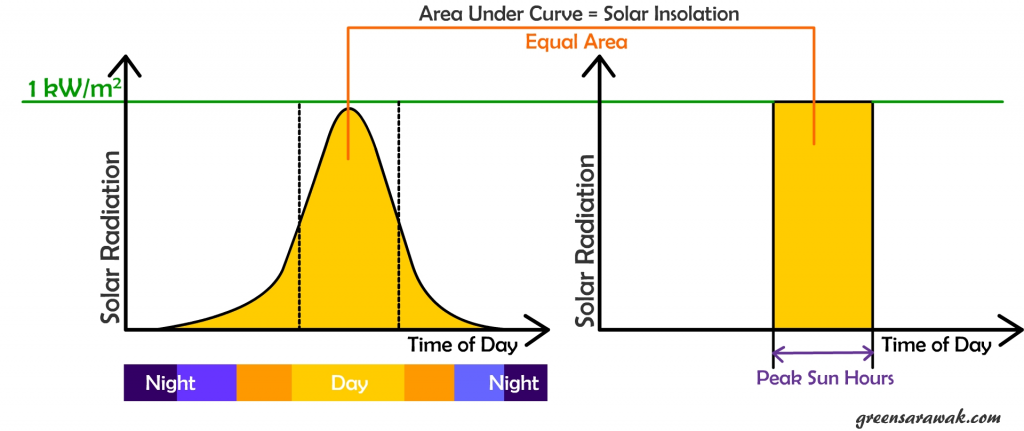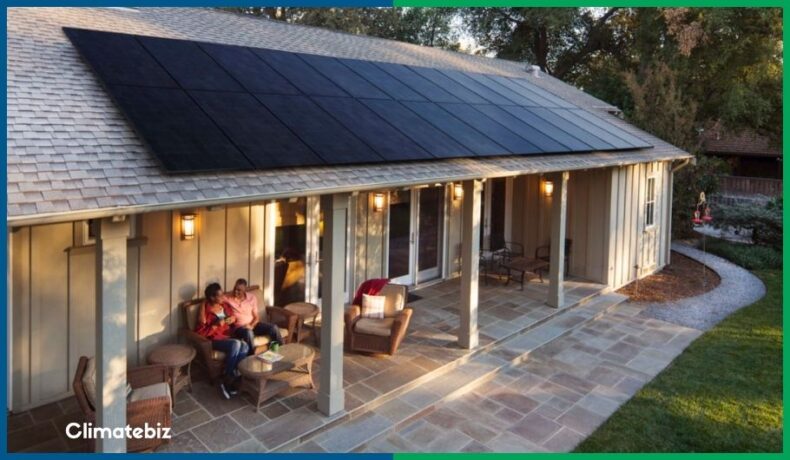You’ve settled on SunPower as your solar provider; now, it’s time for you to determine the number of solar panels needed for your household’s energy demands.
While solar panels are incredibly valuable, they do carry hefty price tags. As such, you must establish the number of panels you’ll require.
Doing so can feel somewhat overwhelming — knowing where to start is difficult. But rest assured your time will be well spent. The last thing you want is to be a victim of miscalculation.
Fortunately, we’ve looked into the matter for you!
In this article, we help you determine the number of SunPower solar panels you’ll need by identifying key factors that form part of the decision-making process.
Table of Contents
How Many SunPower Solar Panels Do I Need?
An average household utilizes 11,000 kWh in a year. If this household is located in a state like Arizona with 5.7 hrs worth of Peak Sun Hours, a 5kW solar system should suffice. Using SunPower A-series 420 W panels, you’ll likely need between 13-15 panels.
But how did we get to this number? Let’s take a look.
Several variables play a role in determining the number of SunPower solar panels needed. These include:
- Your household’s electricity demand (kWh).
- Location
- Solar panel selection (power ratings and technology)
Domestic Power Needs
To determine your household’s energy needs, you must consult your energy bill provided by your electricity provider.
Then note down the annual usage (in kWh) as you’ll need it for the next steps.

Source: MoxieSolar
Alternatively, determine the wattage of each of your appliances and multiply that figure by the number of hours it would run in a month.
Determine Location
Location plays a massive role in determining the number of SunPower solar panels you’ll need.
Here, we introduce the concept of Peak Sun Hours to help you calculate the electric potential of one location vs. another.
A Peak Sun Hour is an equivalency unit that helps us measure the time (in hours) when the sun had an intensity of 1 kW/m2.

Source: GreenSarawak
Now, find out your state’s Peak Sun Hour (PSH), and note it down.
Please note: our team has already put together the PSH for different states in the U.S.
Solar Panel Selection
Solar panel selection also dramatically influences the number of SunPower solar panels your household will need.
SunPower has become a household name with its complete solar panel solutions for U.S. households.
It has a wide range of products, from panels to batteries and even monitoring software.
Panel-wise, the company boasts a solid range of different solar panel series, including:
| M Series | A series | X series | E series | |
|---|---|---|---|---|
| Wattage | 420 W -440 W | 390 W – 420 W | 327 W – 370 W | 320 W – 327 W |
| Efficiency | 21.7% – 22.8% | 21% – 22.5% | 20.4% – 22.7% | 19.4% – 20.4% |
| Cell Type | Monocrystalline Maxeon Gen 6 | Monocrystalline Maxeon Gen 5 | Monocrystalline Maxeon Gen 3 | Monocrystalline Maxeon Gen 2 |
| Warranty | 25 years | 25 years | 25 years | 25 years |
Please note: SunPower is expensive compared to other solar panel options, with its price averaging around $4.2 per watt. That being said, its products are top-notch!
SunPower Solar Panels Required — Time To Crunch The Numbers
Here is a table that shows how many SunPower solar panels you would require based on your energy requirements, your location, and the selected panels:-
| S No. | Energy requirement (kW) | PSH (location, PSH) | Panel (Series, Wattage) | No of the Panels required |
| 1 | 8,000 | Arizona, 5.7 | M 440 W | 9 |
| 2 | 11,000 | Arizona, 5.7 | M 440 W | 12 |
| 3 | 14,000 | Texas, 4.8 | X 370 W | 22 |
| 4 | 17,000 | Texas, 4.8 | E 320 W | 30 |
| 5 | 8,000 | Florida, 4.9 | M, 440 W | 10 |
| 6 | 11,000 | Florida, 4.9 | A 390 W | 16 |
| 7 | 14,000 | Kansas, 4.6 | X 370 W | 23 |
| 8 | 17,000 | Kansas, 4.6 | E 320 W | 32 |
| 9 | 8,000 | Michigan, 3.5 | M 440 W | 14 |
| 10 | 11,000 | Michigan, 3.5 | A 390 W | 22 |
| 11 | 14,000 | California, 5.2 | X 370 W | 20 |
| 12 | 17,000 | California, 5.2 | E 320 W | 28 |
Now, let us look at how we came to these numbers so that you can also find the same for your solar panel arrangement. We will use the following variables:
- Domestic energy requirement: the 11,000 kWh (U.S. average)
- Location PSH: Arizona with 5.7 h (PSH value)
- SunPower solar panel selected: M-series 440 W solar panel
SunPower Solar panels needed = Domestic Annual Energy needs (in kWh) / (PSH hours x 365 days x Rated Solar Panel Output (in kW))
For our example, we will need 12 M-series solar panels (440 W) for a household in Arizona that uses 11,000 kWh annually. This will be approximately $22,000 for the complete installation process from Sun Power.
Now it’s time for you to give it a go!
Related Reading: SunPower Vs. Sunrun: Which should you choose?
Which Solar Panel Series Do I Need From SunPower?
As mentioned before, SunPower has a lot of options to choose from among its different offerings. The company has 4 series of panels based on nameplate capacity and solar cell technology, including:
- M Series: this is the most advanced SunPower solar panel offering with the highest nameplate capacity. It has the highest efficiency (22.8%) and comes with factory-integrated microinverters, which directly convert D.C. into A.C. Furthermore, M-series has the highest power output for any SunPower residential solar panel in the market. Lastly, these panels come with Monocrystalline Maxeon Gen 6 solar cells that are 5% larger than Gen 5 solar cells.
- A Series: this is one of the most frequently used panels. They come with Monocrystalline Maxeon Gen 5 solar cells that are 5% larger than Gen 3 solar cells but smaller than Gen 6 solar cells.

Source: SunPower
- X Series: these panels come with Monocrystalline Maxeon Gen 3 solar cells with a nameplate capacity up to 360 W and an efficiency rating that exceeds 22%. The cells are smaller than A-series and M-series but provide cost savings.
- E Series: the E-series is the “standard” SunPower solar panel series, the cheapest SunPower option on the market. These panels have an efficiency rating of 20%, greater than the 18% market average.
Overall, the M-series is the most efficient, providing an efficiency rating of 22.8%.
Nonetheless, all SunPower panels have long-term output efficiency (~90% output at the end of 25 years).
Related Reading: 5 Best SunPower Solar Panels You Can Buy
Are SunPower Solar Panels Worth It?
Are SunPower panels worth the price tag? Let’s revisit what they cost vs. the competition.
A SunPower solar panel can cost anywhere between $3.30 to $ 4.80 per watt. This translates to $16,500 to $24,000 for a 5kW residential system. This cost may even increase if you opt for the leasing option.
An average solar panel costs about $2.68 per watt, which translates to $13,400 for the same system (33% to 92% more expensive).
So, if you’re working on a tight budget, SunPower may be out of your range. However, suppose you’re looking for a manufacturer that provides a tailored fit for your house, a long-term warranty, and a system that delivers the desired output even after years of use. In that case, SunPower is the way to go!
Final Thoughts
We hope this article has helped you determine the number of SunPower solar panels needed for your residential estate.

